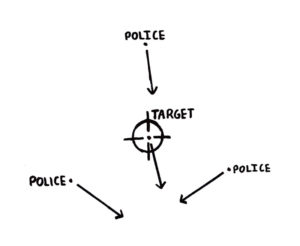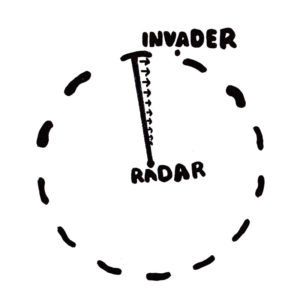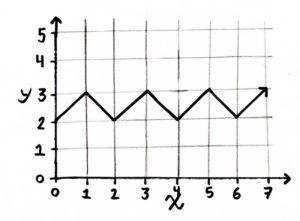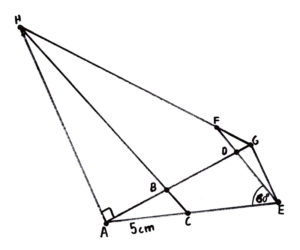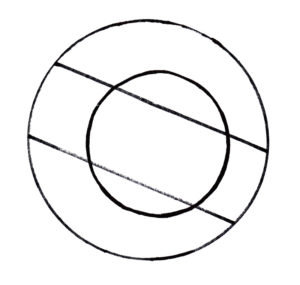This challenge, though it appears simple, is far more difficult than you might expect. Knowledge of algebra, combinatorics, and graph theory, as well as ingenuity and effort, are necessary to successfully complete this challenge. Be warned.
Bob goes to Scam Casino to lose some money. He decides to play the game “Stupid Spin.” There are many equal pieces of the spinner, and only a few give Bob a point. Otherwise, the Casino gets one. The probability that Bob gets a point is a, and the first to b points wins. The challenge is to find the probability that Bob will win a given game of Stupid Spin.

